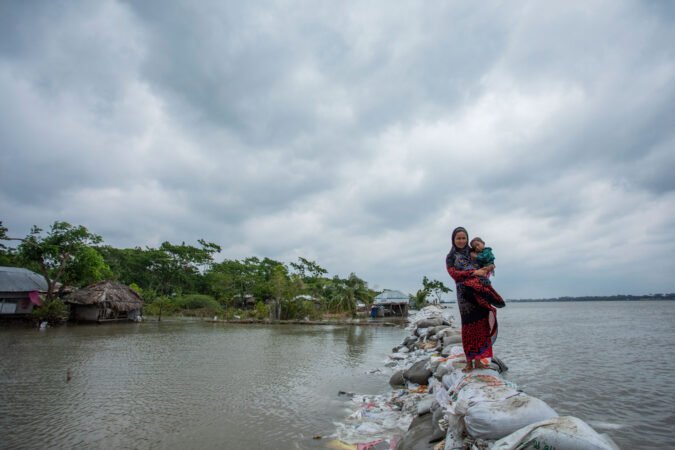Top Highlights
-
Increased Frequency of Storm Tides: MIT scientists predict that Bangladesh will experience destructive storm tides that were previously considered rare (once every 100 years) up to ten times more frequently by the end of the century, potentially occurring every decade or less.
-
Impact of Climate Change on Seasons: The study reveals that tropical cyclones are expected to overlap with the monsoon season, exacerbating flooding conditions and leading to more severe and continuous flood events.
-
Need for Updated Preparedness: Current storm preparedness measures in Bangladesh, based on historical data, need urgent reevaluation to accommodate the projected increase in storm risks due to climate change.
- Broader Climate Trends: The findings highlight that the challenges faced by Bangladesh may mirror climate crises globally, indicating a universal need for adaptation strategies across various regions experiencing different climate threats.
Scientists from MIT have released a pivotal study highlighting the increasing frequency of storm tides in Bangladesh. This coastal nation, home to over 171 million people, already faces significant challenges due to its low-lying geography. With climate change intensifying, these challenges are about to escalate.
The researchers indicate that what was once a catastrophic storm tide occurring every 100 years may now happen every decade, or even more frequently by the century’s end. This shift emerges from rising global temperatures and the persistent burning of fossil fuels. Therefore, the study calls for urgent reevaluation of current disaster preparedness systems in Bangladesh.
Previously, cyclones and monsoons followed distinct seasonal patterns. However, projections suggest tropical storms will increasingly coincide with monsoon months. This overlap could lead to consecutive flooding events, exacerbating recovery efforts and threatening agriculture.
MIT’s study employs advanced modeling techniques to forecast future storm tides under various climate scenarios. By tracking potential cyclones near the coast, researchers aim to provide realistic estimates of tidal heights. The data reveal a dramatic rise in the recurrence of severe storm tides, reinforcing the need for proactive measures in Bangladesh’s climate policies.
Bangladesh has already made strides in storm preparedness—improving early warning systems and enhancing community shelters. Yet, these initiatives often reflect current conditions rather than future risks. As study co-author Sai Ravela points out, current strategies must adapt to the anticipated frequency of extreme events.
This research not only impacts Bangladesh but serves as a model for other regions experiencing climate change effects. As different areas confront varied challenges like heatwaves or droughts, the underlying principles presented in this study are applicable globally.
Technological advancements in modeling and predicting storm patterns can bolster emergency plans and infrastructure development. Communities can utilize this knowledge to improve resilience against these increasingly frequent natural disasters, fostering a proactive approach to climate change adaptation.
Continue Your Tech Journey
Learn how the Internet of Things (IoT) is transforming everyday life.
Access comprehensive resources on technology by visiting Wikipedia.
QuantumV1

